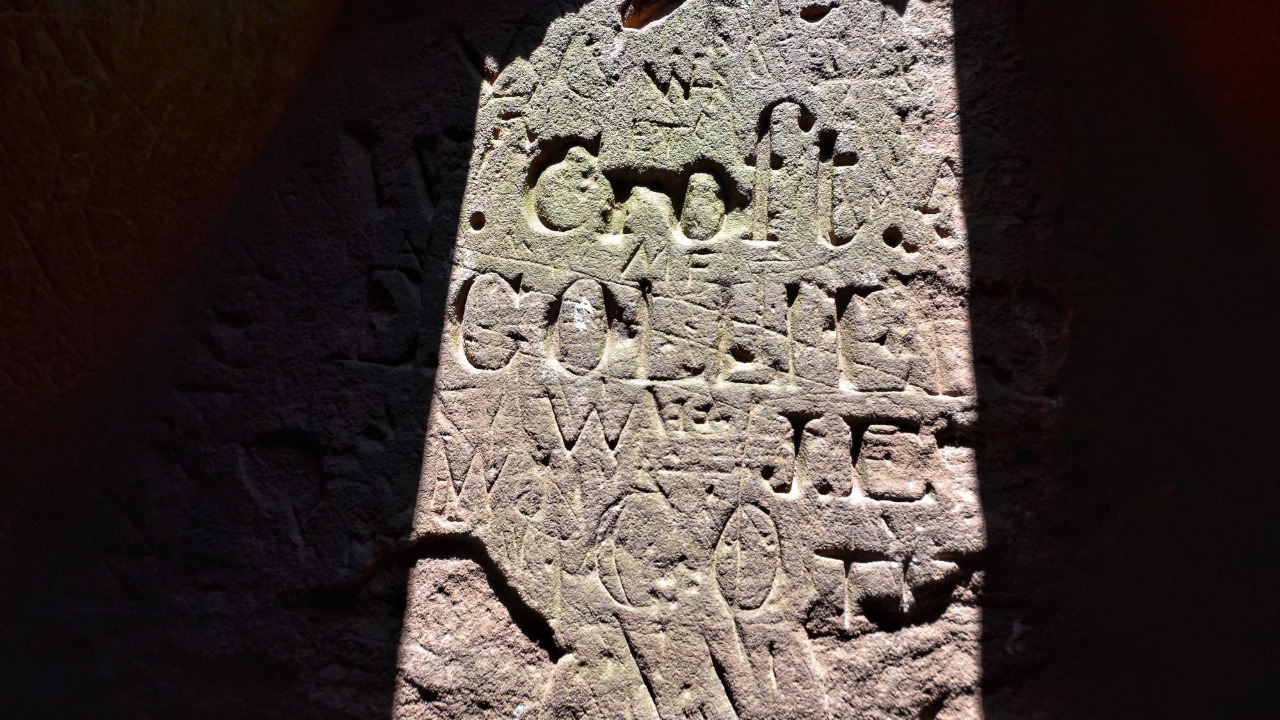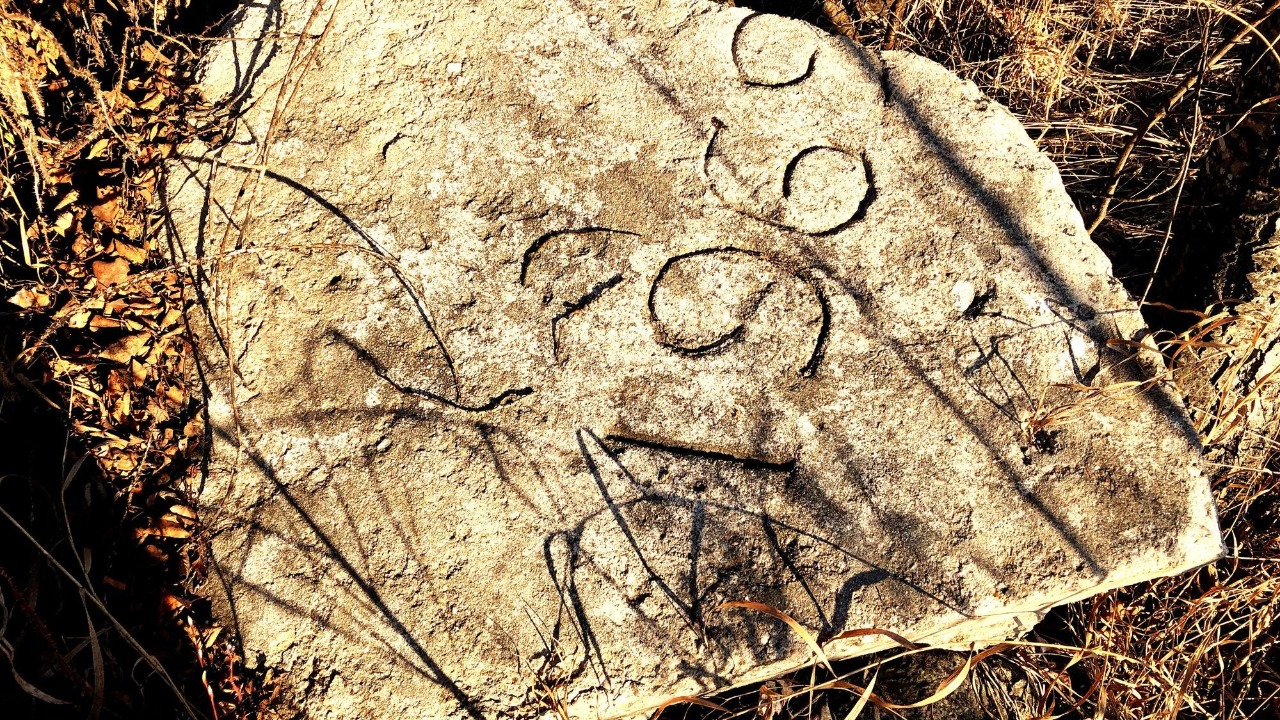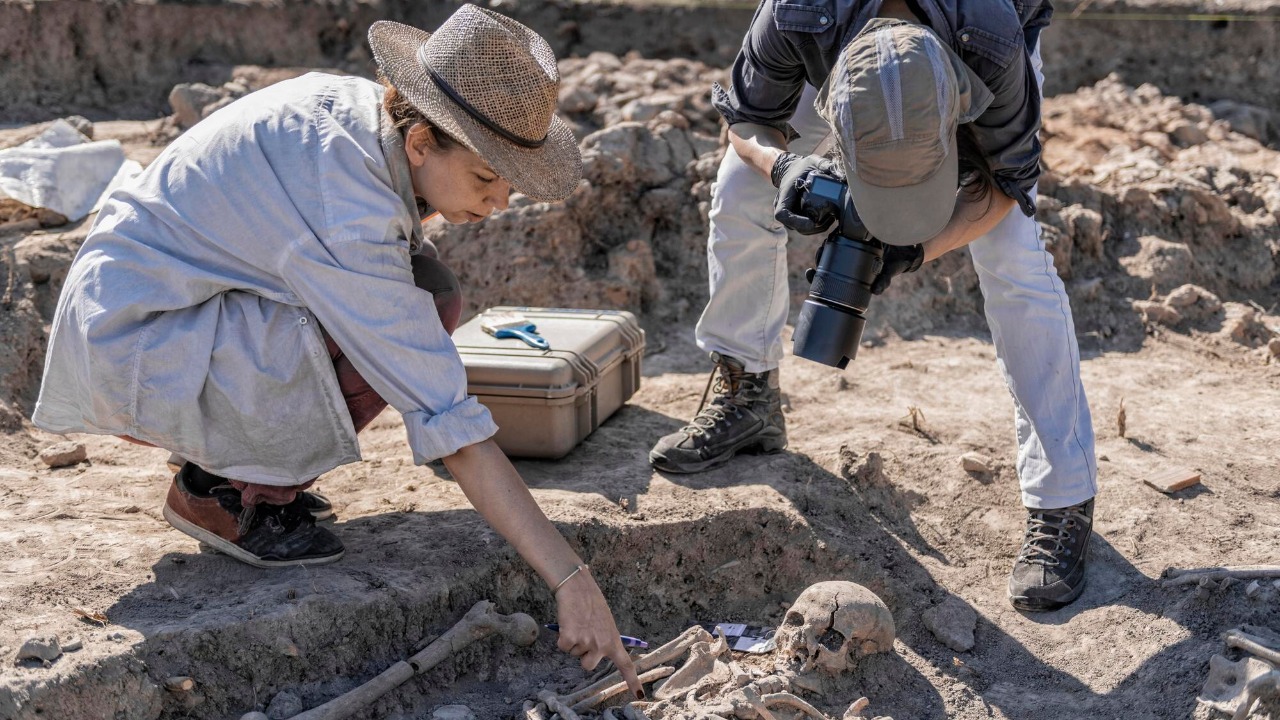
A remarkable archaeological discovery has captured the attention of researchers worldwide: a 3,000-year-old artifact inscribed with an unknown script. Found in the region of modern-day Georgia, this tablet may hold the secrets of a lost civilization and potentially redefine our understanding of ancient cultures.
Discovery of the Artifact

The artifact was unearthed during a routine excavation in the fertile valleys of modern-day Georgia, a region known for its rich historical layers spanning various eras. Nestled within the remnants of what appears to be an ancient settlement, this tablet was found among pottery shards and other artifacts suggestive of a vibrant community. The discovery site, situated near the banks of a river that once served as a vital trade route, provides crucial context that might explain the origins and significance of the inscribed script.
Upon its discovery, the tablet immediately caused ripples in the archaeological community. Experts have long speculated about the presence of undocumented civilizations in this region, and this find provides tangible evidence to support such theories. The excitement is palpable among historians and archaeologists, as the potential implications of this discovery could fill significant gaps in our understanding of prehistoric cultures. According to initial assessments, the tablet could redefine our comprehension of historical narratives, shedding light on the cultural and linguistic diversity that once existed in this area.
The Mysterious Script

Visually, the script on the tablet is unlike any previously documented language. The tablet, made from clay, bears a series of intricate symbols that showcase a level of sophistication unexpected for its age. The characters feature a combination of straight lines, curves, and dots arranged in patterns that suggest a structured writing system. Despite its ancient origins, the craftsmanship of the script points to an advanced understanding of language and communication by its creators.
Efforts to decipher the script have involved comparing it to known ancient languages and scripts, yet no direct parallels have been found. Researchers have noted some superficial similarities to other ancient scripts, such as the Linear A script of the Minoan civilization, yet the differences are significant enough to suggest a unique and independent development. As a result, the script’s origins remain a mystery, prompting linguists and historians to delve deeper into its potential connections to other undocumented languages.
Efforts to Decipher the Script

Modern technology is playing a crucial role in the attempts to decipher this enigmatic script. Researchers are employing advanced technological tools, including AI and machine learning, to analyze the patterns and structures within the script. These technologies allow for the processing of vast amounts of historical linguistic data, providing insights that might not be immediately apparent through traditional methods. By employing these cutting-edge techniques, experts hope to unlock the secrets entrenched within this ancient tablet.
Despite these technological advancements, the task remains daunting. The absence of a known reference point, such as the Rosetta Stone, complicates efforts to decode the script. The lack of bilingual inscriptions or other aids means that researchers must rely heavily on pattern recognition and computational analysis to make sense of the symbols. This challenge underscores the complexities involved in understanding a language that has been lost to the sands of time, and progress is expected to be incremental and painstaking.
Potential Historical Implications

The script, once deciphered, could provide invaluable insights into a civilization that has, until now, remained hidden from history. It may reveal details about the social structure, religious beliefs, and daily life of a people whose existence has only been hinted at through other archaeological finds. Such revelations could significantly alter our understanding of the cultural and historical landscape of the region during that era.
Moreover, this discovery could have profound implications for our understanding of ancient trade and communication networks. If the script suggests the presence of a previously unknown civilization, it could indicate that this region was a crucial hub of cultural interactions and exchanges. This would challenge existing theories about the development of human societies and their interactions, necessitating a reevaluation of historical narratives regarding the spread of ideas and technologies across ancient civilizations.
Future Research and Exploration

The discovery of the tablet has sparked plans for further archaeological excavations at the site. Researchers are eager to uncover additional artifacts that might provide context or clues to the origins of the mysterious script. These efforts are expected to yield further insights into the settlement and its inhabitants, potentially unearthing more evidence of the civilization that once thrived in this region.
International collaboration is key to unraveling the mysteries of this discovery. Scholars from various disciplines, including linguistics, archaeology, and history, are coming together to study the artifact and its implications. Such interdisciplinary approaches are essential in piecing together the puzzle of the past, as they allow for a comprehensive analysis that draws on diverse expertise. By pooling resources and knowledge, researchers hope to uncover the full story behind this enigmatic script and its creators.
As the world awaits further developments, the significance of this find continues to grow. Its potential to reshape our understanding of ancient civilizations highlights the importance of ongoing research and exploration in the realm of archaeology. The 3,000-year-old artifact, with its unknown script, stands as a testament to the enduring mysteries of human history and the endless quest for knowledge that drives us to uncover the secrets of our ancestors.